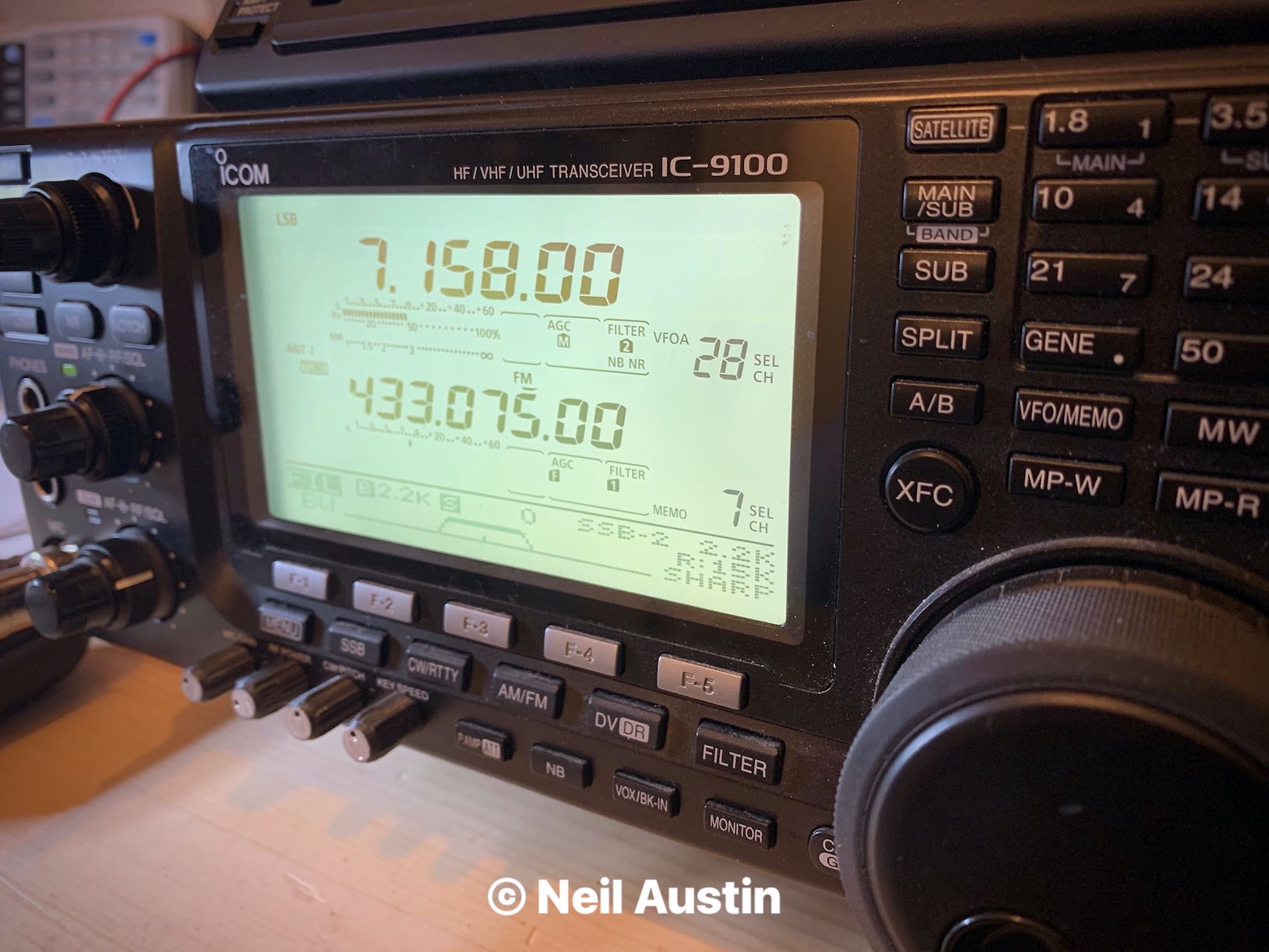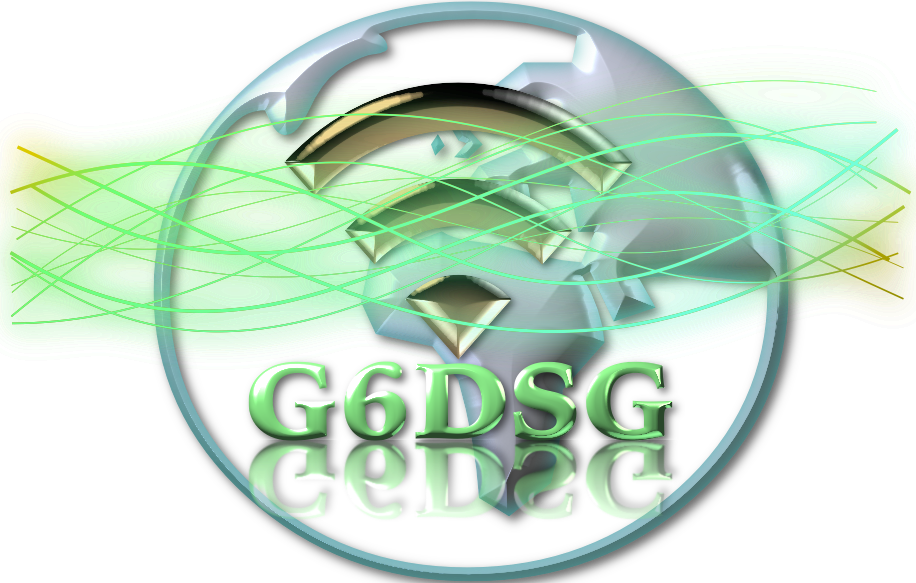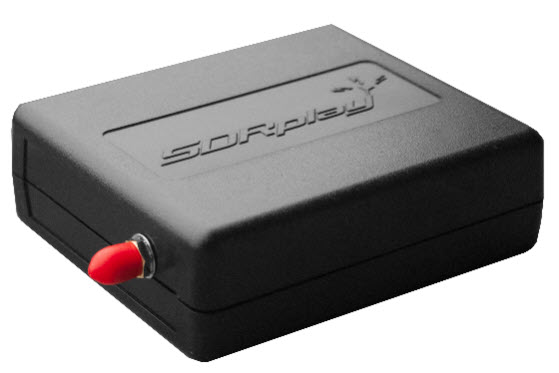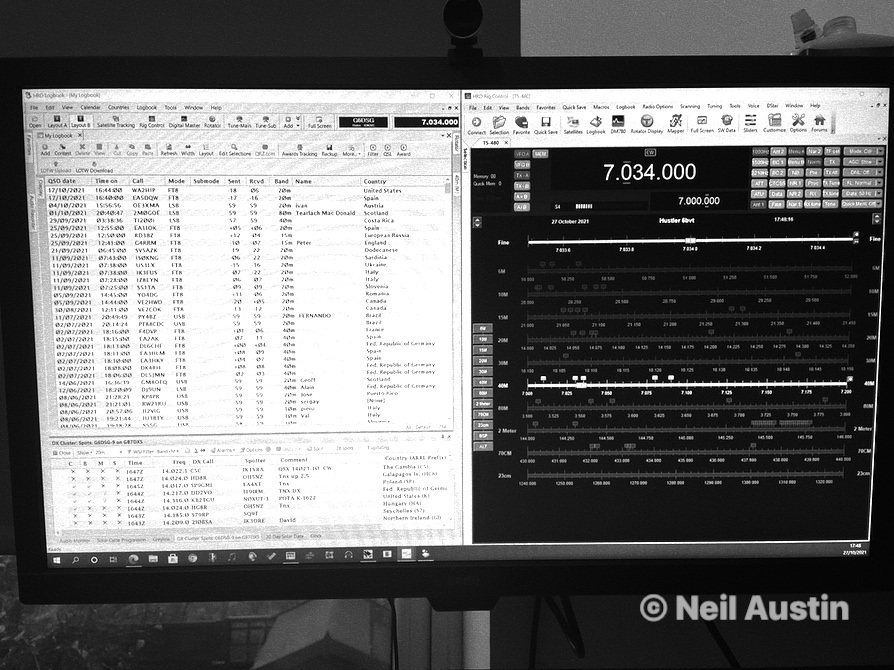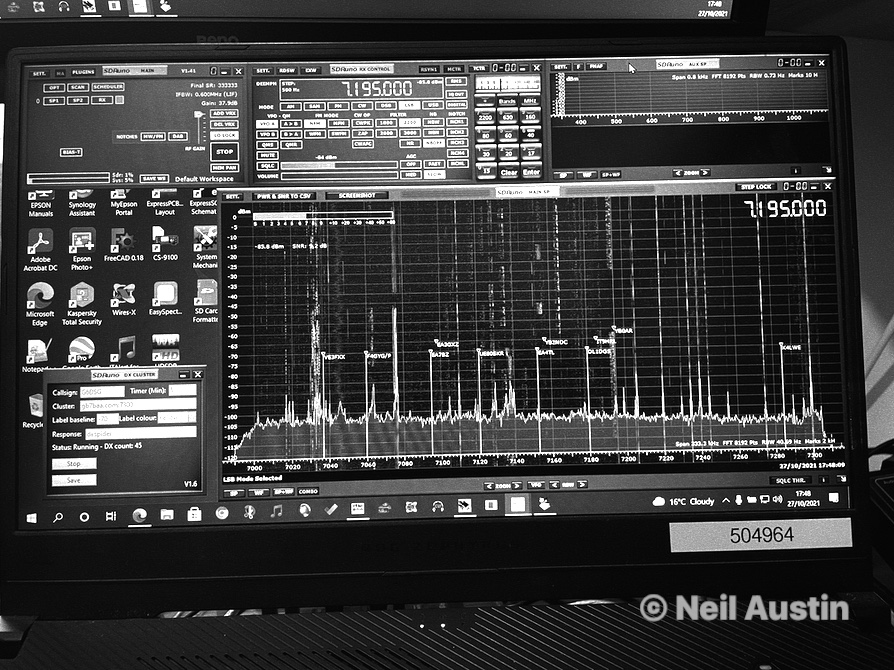At last, finally got the system up and working.
The SDR is now an SDRPlay RSP1A. This is connected to the output of the radio (from the antenna) and the radio is under CAT control from another piece of software called SDRuno (Panadapter Software).
The Ham Radio Deluxe software (which normally controls the radio) is serially software ported into SDRuno which now controls the radio. This means the logbook program (part of HRD suite) can still trigger HRD into changing frequency from a DX cluster link. All softwares therefore can communicate with each other along with the radio in both directions.
Using an RF relay switch, I ground the input of the SDR to protect it when transmitting from the radio. The CAT from the radio also tells the linear amplifier to key-up, select and switch to the appropriate low pass filter for the band.
Another advantage is that small plug-ins can be run within the panadapter software too, for example, transfer DX cluster information and display them on the frequency spectrum so you can monitor along the waterfall where they are transmitting.
Other plug-ins run WeeFax, SSTV, Aircraft monitoring etc. This is from open source software from contributors. Something I cannot see the Radio manufacturers doing anytime soon without you updating your model of radio…again!
